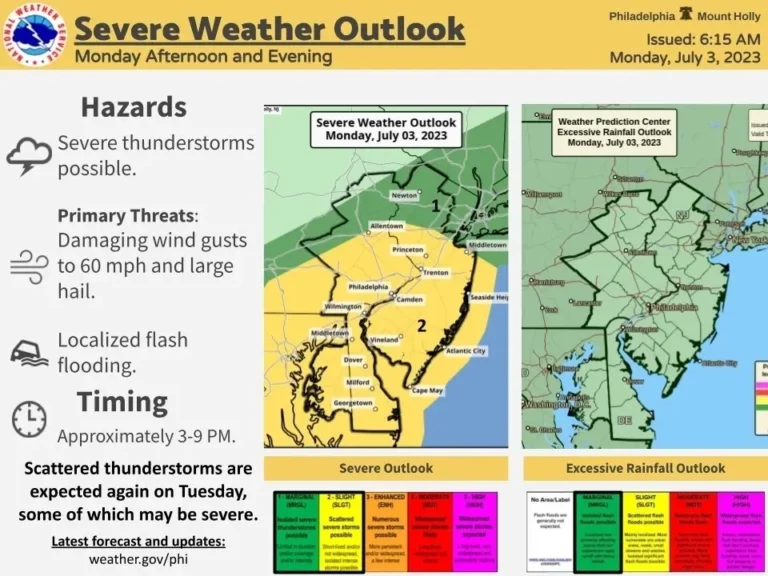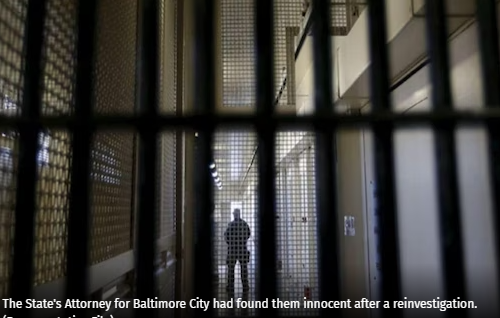Archdiocese of Baltimore files for Chapter 11 bankruptcy
The Catholic Archdiocese of Baltimore filed for Chapter 11 bankruptcy protection on Friday, September 29, 2023, citing the potential financial impact of lawsuits related to child sex abuse. This move comes just days before a new state law allowing victims of child sexual abuse to sue takes effect.
According to a report by the Maryland attorney general, a nearly four-year investigation of the Catholic Archdiocese of Baltimore tallied more than 600 young victims of clergy sexual abuse over 80 years. The report was released in April 2023 and detailed sex abuse allegations against the archdiocese.
The Archdiocese of Baltimore is the oldest Catholic diocese in the United States, founded in 1789. It covers the city of Baltimore and nine surrounding counties in Maryland.
In a statement released on Friday, the archdiocese said that the bankruptcy filing was necessary to ensure that it can “fairly compensate” victims of sexual abuse while also continuing to provide services to the community.
“The decision to file for Chapter 11 bankruptcy was not made lightly,” said Archbishop William E. Lori in the statement. “We recognize that this decision will be difficult for many people, especially those who have been harmed by members of the clergy. We are committed to doing everything we can to address the harm that has been done and to prevent it from happening in the future.”
The archdiocese also said that the bankruptcy filing will not affect its day-to-day operations, and that it will continue to provide services to the community, including education, healthcare, and social services.
Potential child sex abuse lawsuits
The bankruptcy filing comes just days before a new Maryland law allowing victims of child sexual abuse to sue takes effect. The law, which was passed earlier this year, extends the statute of limitations for victims of child sexual abuse to file civil lawsuits against their abusers and the institutions that employed them.
Under the new law, victims will have until their 38th birthday to file a lawsuit, or within 20 years of the abuse if it was not reported to law enforcement. Previously, victims had until their 25th birthday to file a lawsuit, or within three years of the abuse if it was not reported to law enforcement.
The Archdiocese of Baltimore is not the only Catholic diocese in the United States to file for bankruptcy due to potential child sex abuse lawsuits. In recent years, dioceses across the country, including those in New York, Pennsylvania, and Minnesota, have filed for bankruptcy in response to the mounting legal costs associated with defending against these lawsuits.
Critics of the Catholic Church have accused it of covering up sexual abuse by its clergy for decades, and of failing to take action to protect children from predatory priests. The church has faced numerous lawsuits and investigations in recent years, and has paid out billions of dollars in settlements to victims of sexual abuse.
The bankruptcy filing by the Archdiocese of Baltimore is likely to have significant financial and legal implications for the Catholic Church in the United States. It is unclear how many victims of sexual abuse will come forward to file lawsuits against the archdiocese, or how much money the archdiocese will ultimately be required to pay out in settlements.
The bankruptcy filing also raises questions about the future of the Catholic Church in Baltimore and the United States as a whole. The church has been grappling with declining membership and a shortage of priests in recent years, and the financial and legal fallout from the sexual abuse scandal is likely to erode its influence and credibility further.
Despite these challenges, many Catholics remain committed to their faith and to the church, and are working to address the issues of sexual abuse and institutional reform from within. The bankruptcy filing by the Archdiocese of Baltimore is a sobering reminder of the ongoing struggle to reconcile the church’s past with its present, and to chart a path forward that is both just and compassionate.







